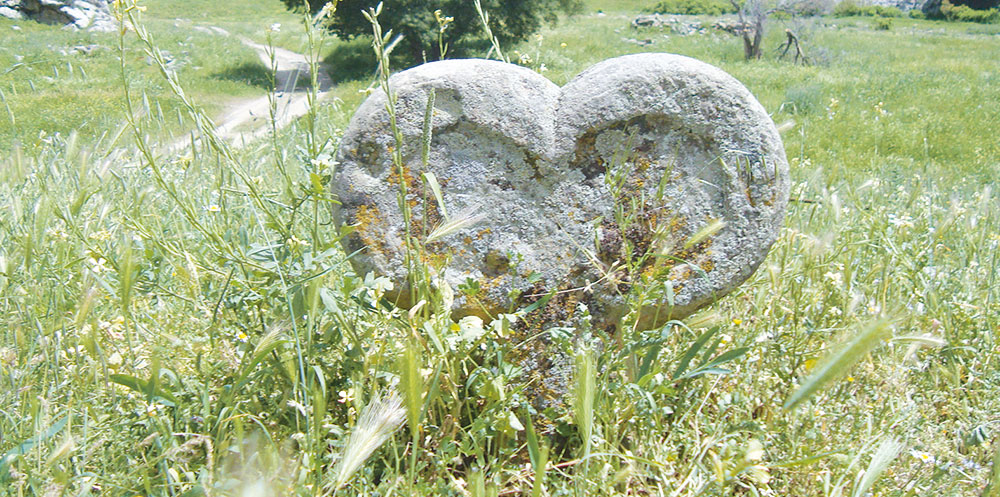The cultural heritage of the Turkmen people that originates from the Jeytun period – the Neolithic Period, the New Stone Age (X-V millennia BC), marked by the further progress of the earliest human communities in the territory of modern Turkmenistan, is rich and diverse. During this period, the way of life switched from hunting and gathering to the domestication of animals and the cultivation of plants, in other words, to food production. The settlements of farmers and cattle breeders emerged in the territory of Southern Turkmenistan in the VI millennium BC.
Farmers made a significant contribution to ancient culture; they raised the art of pottery and ornamentation to a high artistic level. In Turkmenistan, the early Neolithic monuments have many fragments of ceramic vessels decorated with simple patterns, such as straight, oblique and wavy lines. However, ancient pottery decoration saw its heyday in the Eneolithic period – the Chalcolithic Age.

